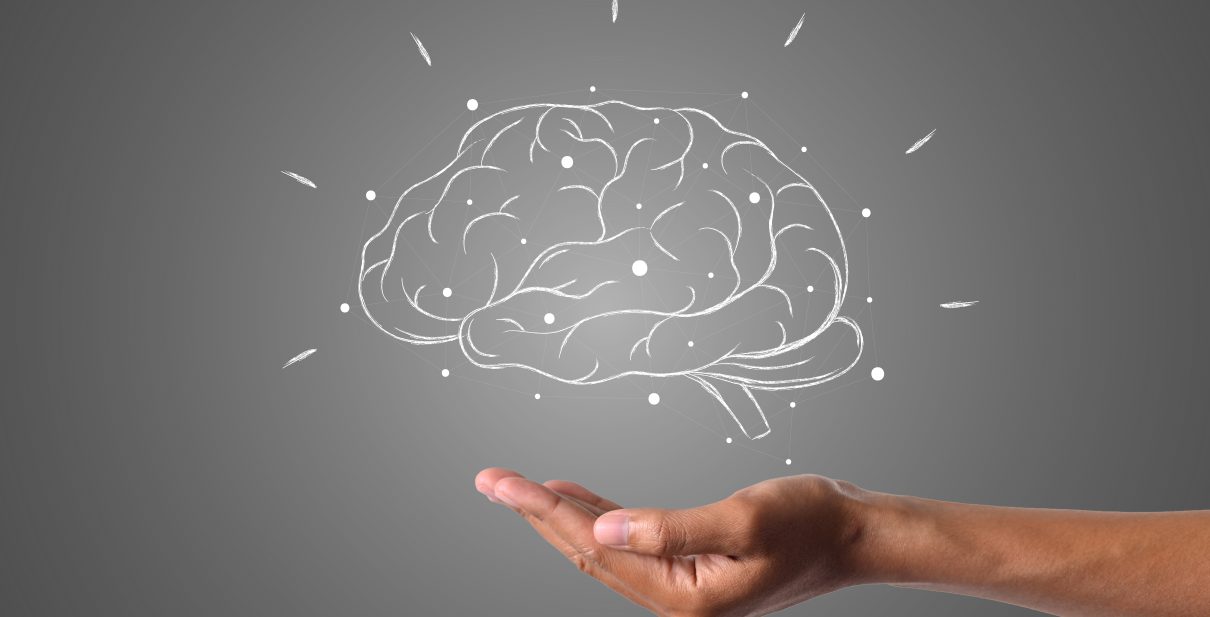- July 15, 2025
- by Harshita Bajaj
- brain, Mental Health
Have you ever heard that a blind person’s brain re-wires itself to adapt and make the most of other senses like hearing and touch, resulting in enhanced hearing and touch to help process information? Here, the brain adapts by reallocating the visual cortex or the part of the brain dedicated to processing sight, to enhance other senses, which is an example of neuroplasticity in action. Let’s understand the fascinating power the brain holds through neuroplasticity.
Neuroplasticity Meaning
Neuroplasticity is the brain’s capacity to adapt or reorganize its structure and function by forming new neural connections. This means it can adapt to life experiences, learn and recover from injuries. Our brain can rewire itself again and again, it can encode new memories, acquire new skills and languages, and recover from diseases.
It was earlier thought to occur only during childhood, but research now shows that the neuroplasticity of brain is a lifelong process that supports learning, memory and healing at any stage of life.
Neuroplasticity of brain works by repetition of thoughts, habits or experiences that reshape our internal wiring, so when you learn something new and practice it on a regular basis, the brain strengthens the associated neural pathways and the neglected pathways shrink.
Neuroplasticity Examples
1. After brain injury or stroke, neuroplasticity enables the brain to rewire, undamaged or associated regions can take over functions previously managed by injured areas.
2. Learning a second language generates new neural networks across auditory and language processing areas.
3. Learning to play a musical instrument creates a strong connection in the sensorimotor and auditory areas.
4. Amputees can often feel sensations in a missing limb as the brain’s sensory map reorganizes itself, sometimes leading to the sensation of the limb as still being present, this is also known as phantom limb sensation.
Neuroplasticity Psychology
Neuroplasticity in psychology highlights the brain’s ability to form new connections between neurons, strengthen existing ones or even shift functions from one area to another if needed.
Research in the area of neuroplasticity psychology has found that people with depression often have reduced neuroplasticity. Studies have also found that stimulating certain neurochemicals like dopamine and acetylcholine, can enhance neuroplasticity.
Some groundbreaking research has also found that Cognitive Behavioral Therapy (CBT) and exposure therapy can physically remodel the brain. As CBT helps people identify and reframe negative thought patterns, it was found that it increases connectivity between the amygdala and areas responsible for thinking and self-control.
Neuroplasticity: How To Rewire Your Brain?
There are some steps you can take to rewire your brain, including:
• Stimulating new connections by learning new things and strengthening existing ones by practising consistently
• Changing habits and thought patterns by repeatedly practicing new behaviors can rewire the brain, making the new habit easier and stronger over time
• Physical exercise can boost blood flow and support generation of new synapses between neurons
• New therapies like virtual reality and targeted rehabilitation can enhance neuroplasticity in recovery
Neuroplasticity Exercises
Here are some practical exercises and habits that promote neuroplasticity:
• Learn a new skill, language, instrument or hobby
• Use your non-dominant hand
• Play cognitive and video games like chess, puzzle or memory games, brain-training games, etc.
• Learn a new word every day
• Engage in or learn physical activities like juggling, dancing, exercise, etc.
• Taking naps and quality, restful sleep
• Practicing mindfulness based activities and/or meditation
• Reflecting and practicing gratitude
• Identify negative thoughts and replace them with neutral or positive alternatives
Frequently Asked Questions (FAQs)
To recap, neuroplasticity definition is the brain’s ability to reorganize or rewire itself through making new connections. This means that neuroplasticity helps the brain adapt, recover and change.
You can enhance neuroplasticity by learning new skills, engaging in physical exercise, cognitive and brain training games or activities, practicing mindfulness, mediation and cognitive behavior therapeutic techniques.
Neuroplasticity works by allowing neurons to change their connections, form new ones in response to new information, development or damage i.e., learning, experiences or an injury.
After a stroke, neuroplasticity can be enhanced using rehabilitation, physiotherapy, virtual reality therapy and other specific trainings and therapies that are designed to help the brain reorganize and compensate for lost functions or other injuries.
Neuroplasticity does not stop at any given or specific age; however, it is most plastic in childhood and adolescence but may slow down during adulthood and old age.
You can use it to recover from an injury, to learn a new skill, to change a habit or thought pattern and also to adapt to new experiences and/or environments.
















